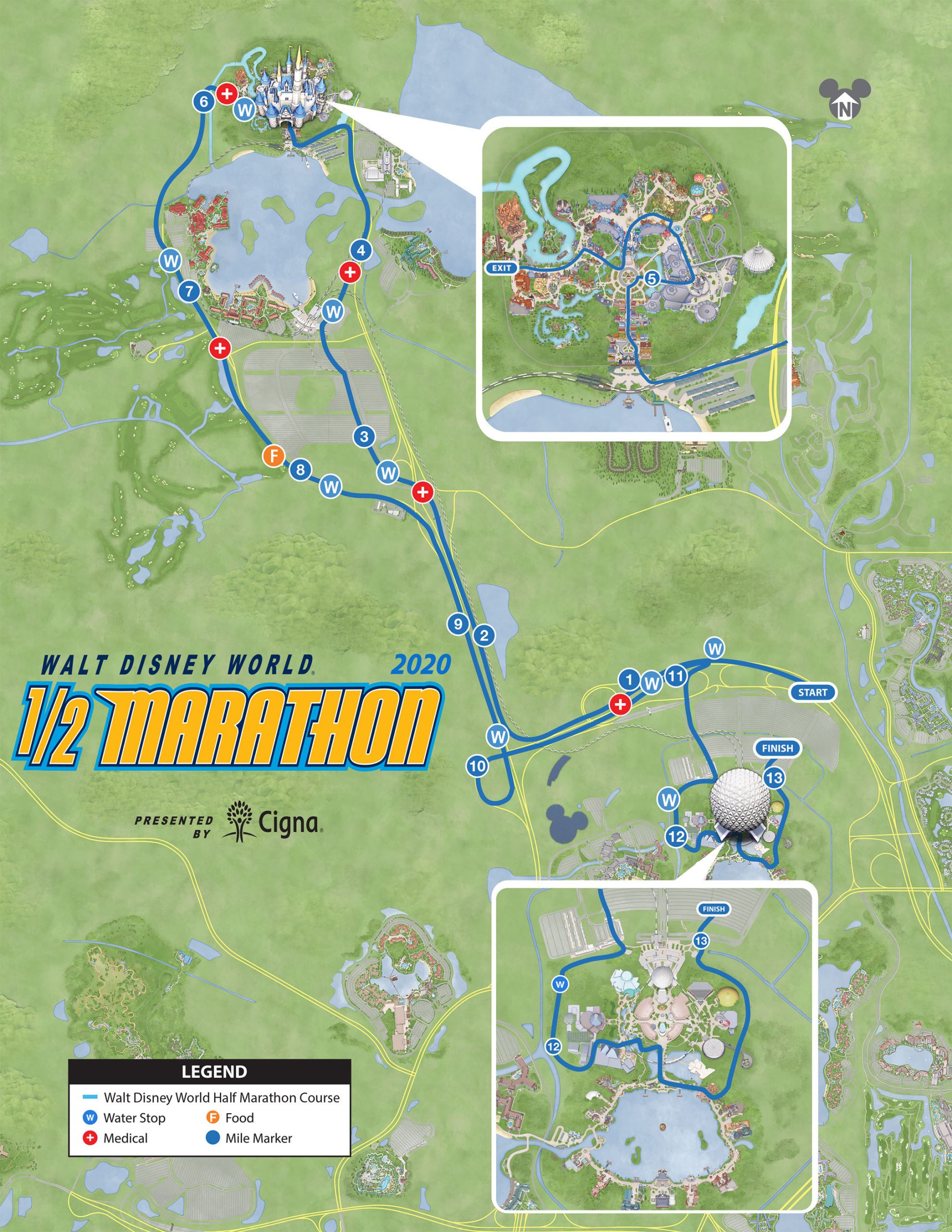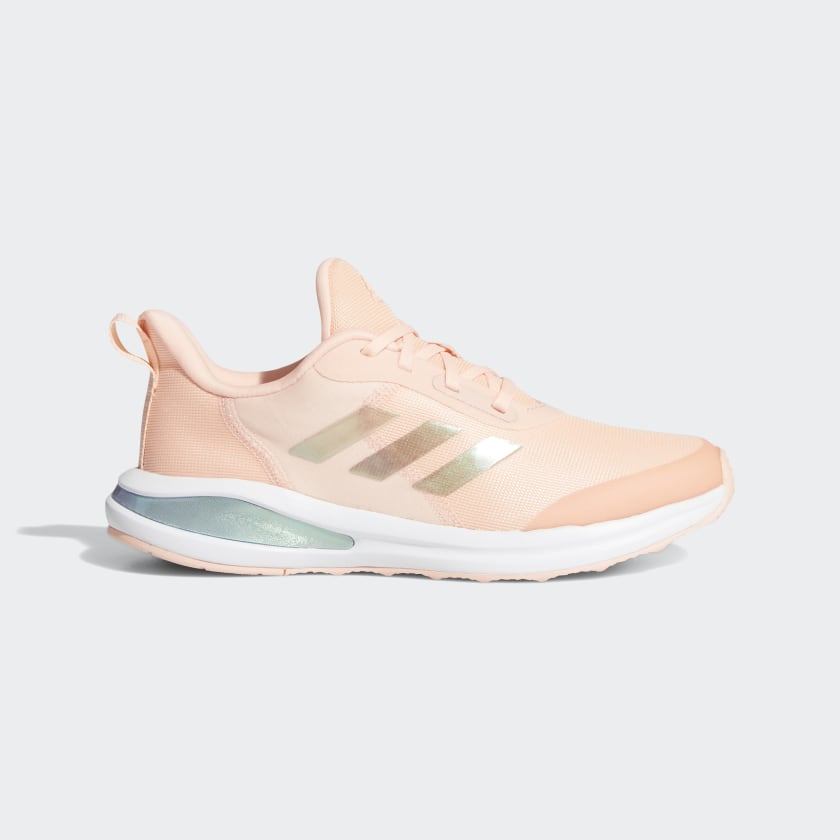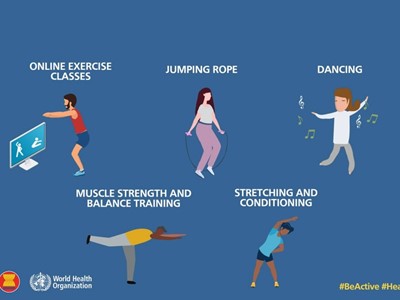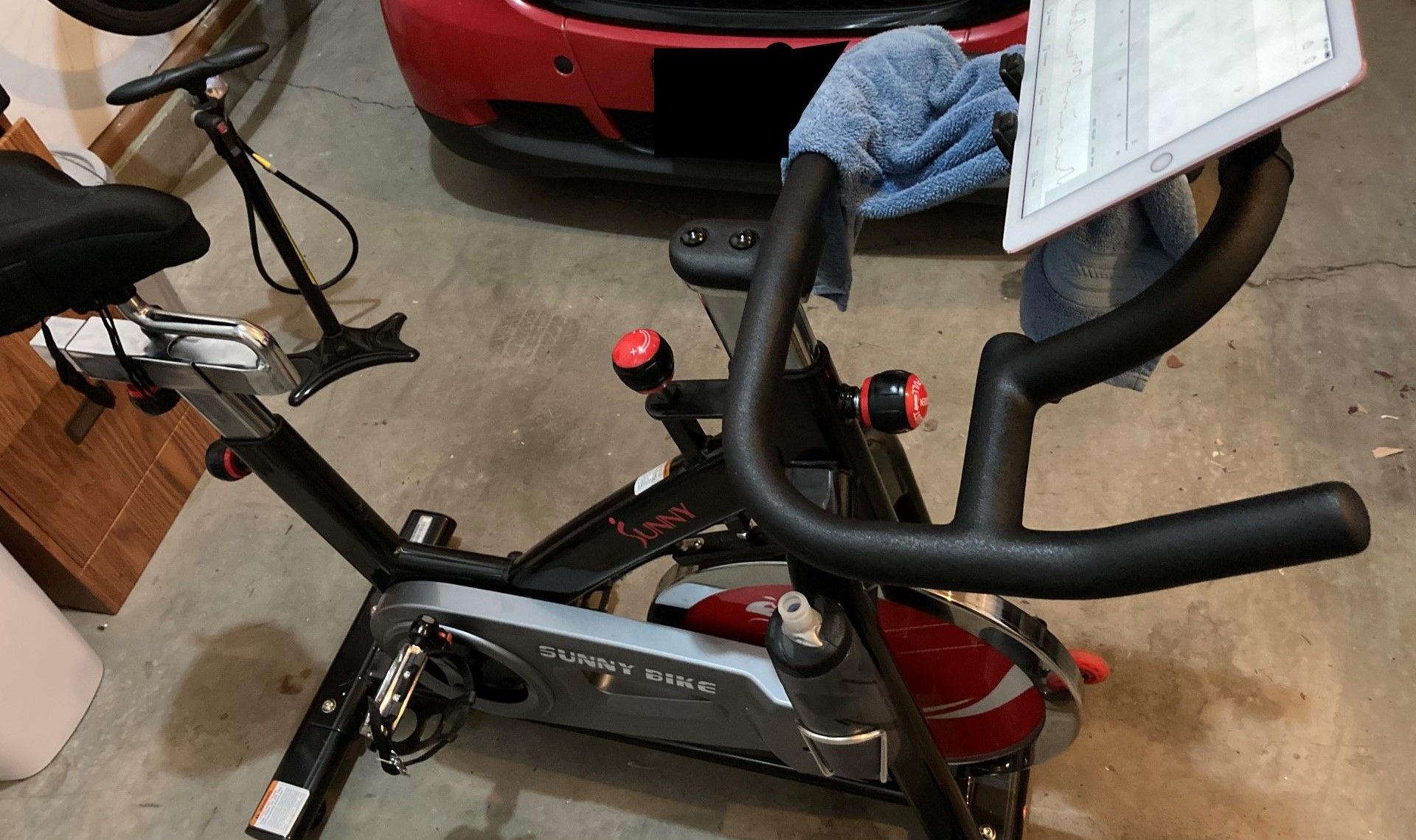The cramps can last from a few seconds to 10 minutes. A cramp is a sudden involuntary contraction tightening of one of these muscles typically in your calf.
/leg-cramp-treatment-and-prevention-of-muscle-spasms-2548836-5c773872c9e77c00011c82f1.png) How To Treat And Prevent Leg Cramps
How To Treat And Prevent Leg Cramps
Most leg cramps occur in the calf muscles and less commonly in the feet and thighs.
:max_bytes(150000):strip_icc()/2549387-article-causes-of-calf-pain-5a70fb720e23d90036a5fa54.png)
Leg calf muscle cramps. Leg cramps most often affect the gastrocnemius muscle calf muscle which spans the back of each leg from the ankle to the knee. Forcefully stretching the contracted muscle relieves the pain. During a cramping episode the affected muscles will become tight and painful and the.
A cramped muscle may feel hard to the touch and you may notice that the muscle looks distorted or twitches under the skin. Leg cramps are sudden involuntary muscle contractions that commonly affect the calves and hamstrings. A leg cramp is a sharp sudden contraction or tightening of the muscle in the calf which usually lasts a few seconds to a few minutes.
The most common places to experience leg cramps are in the calf below the knee or somewhere at the back of the leg. Cramps can last from a few seconds up to 10 minutes. If a cramp does hit you can ease it in the moment by.
They can affect the. Symptoms of PAD include cramping and pain in the calves thighs hips or buttocks - but only in the muscles rather than the joints. Leg cramps happen when a muscle in the leg shortens and causes a sudden pain that can make it hard to move.
Thigh muscle cramps tend to last the longest. Night leg cramps usually involve your calf muscles although muscles in your feet or thighs might cramp as well. They can be caused by fatigue or overuse dehydration or a lack of electrolytes.
Night leg cramps also called nocturnal leg cramps are painful involuntary contractions or spasms of muscles in your legs usually occurring when youre in bed. It also feels different from the muscle soreness caused by. Muscle cramps occur when your muscle contracts involuntarily and remains in the contracted position.
Focal cramps suggest benign idiopathic leg cramps exercise-associated muscle cramping musculoskeletal abnormalities peripheral nervous system causes or an early degenerative disorder that can be asymmetric such as a motor neuron disorder. Claudication is a common condition where pain occurs in the legs with exercise due to a reduction in the circulation. Muscle cramps in the calf are often reported as intensely painful and may be associated with stiffness and a visible knot.
Check if its leg cramps. Calf muscle below the knee at the back of the leg. The cause is hardening of the arteries otherwise known as atherosclerosis.
Although painful to live with cramps are generally harmless. If this happens your muscle will be painful for some time afterwards. Calf muscle cramps are usually temporary but can cause significant pain and discomfort.
Claudication Cramp when walking Leg pain walking due to poor circulation. A calf muscle spasm or crampalso referred to as a charley horserefers to an involuntary contraction of one or more calf muscles. Calf muscle cramps are among the most common type of muscle cramps reports the American Academy of Orthopaedic Surgeons.
You might also know them as a charley horse Sometimes the cramp may cause your leg to spasm to tighten uncontrollably. Causes of calf muscle cramps include. A bout of severe leg cramp may cause damage to the muscle.
Muscles in the feet or the thighs less often. However they can also affect the. Fibres of the muscle are torn due to the shear force of the involuntary contraction causing a calf strain.
Focal hyporeflexia suggests a peripheral neuropathy plexopathy or radiculopathy. Leg cramps are sudden involuntary intense muscle pains usually in your calf foot or thigh. The muscles in your legs are made up of bundles of fibers that alternately contract and expand to produce movement.
According to the NHS leg cramps occur when a muscle spams. Cramps can last anywhere from a few seconds to several minutes. The common symptom is of a cramp like pain developing in the calf muscles on.











